
views
X
Research source
Examining Your Bites
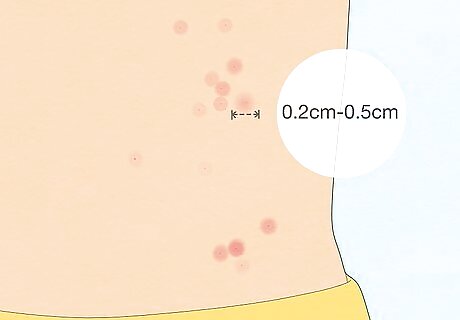
Look for slightly discolored, pin-like raised red dots. These dots are usually about 0.2 cm to 0.5 cm in diameter, and may be in a line. You may also see hives or wheals that are significantly redder than the surrounding skin. Note that 1 centimeter is equal to 0.4 inches.

See if you have new bug bites when you wake up. If you wake up with fresh bug bites or itchy welts, you likely have bed bugs. See if they look and feel like mosquito or flea bites—bed bug bites are often red and slightly swollen, itchy, and irritating like other bug bites. Look for a series of bites that appear in a line or a random grouping of bites, as a single bed bug may bite several times in a row.. If you’re experiencing new bites during the day, it’s likely not bed bugs.

Watch out for signs of an allergy. If you’re allergic to bed bugs, you might find that you develop hives or a rash similar to eczema or a fungal infection. Also check to see if the bites are getting larger, are painfully swelling, or even exuding a pus. These are also common signs of an allergy to bed bug bites. Note that it can take up to 2 weeks for your body to fully react to a bed bug bite. Consult a doctor if you develop a severe reaction to the bite.
Checking for Bed Bugs

Look for live bugs in your bed. Check for reddish-brown, wingless, flat insects that are about 0.1 cm to 0.7 cm. Examine the folds of mattresses and sheets for the bugs. Also look for exoskeletons that bed bugs might have shed. Search for tiny white eggs or eggshells or white bed bug larvae. Recall that 0.4 cm is the equivalent of 1/10th of an inch.
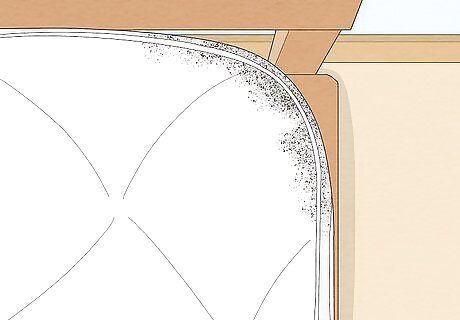
Examine your sheets. Look for reddish or rusty stains on your sheets. These might be caused either by crushed bugs or by the bugs’ fecal matter. Wipe any dark or red dots you see on your bedding. If they smear or spread, they are likely bed bug excrement.
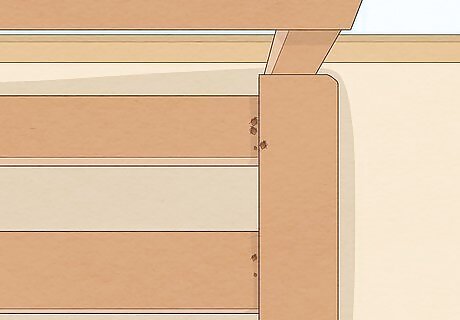
Inspect your bed frame. Look for any signs of bed bugs in your bed frame and in the space between your bed frame and the wall. Also look for bed bugs around your headboard. Check for them in the piping, seams, and tags of your sheets, mattress, and box spring. Be sure to look inside pillow cases and on any throw pillows you might have on your bed.
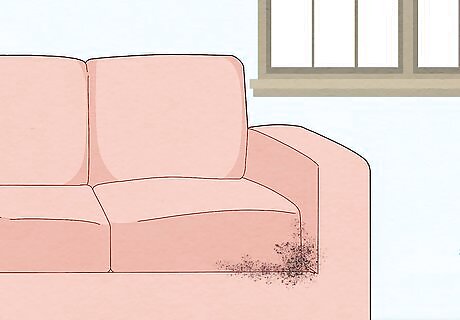
Look for bed bugs in other furniture. Check under chair cushions, look in the seams of chairs and couches, and examine the joints of drawers.
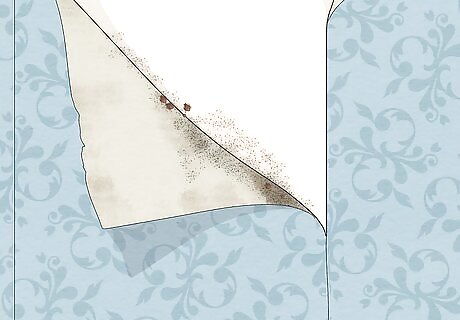
Search other small spaces. Look for bed bugs under loose wallpaper and wall hangings. Peer into electrical outlets, and in the spaces where the wall meets the ceiling and the floor. Also look for the bugs in the folds of curtains.
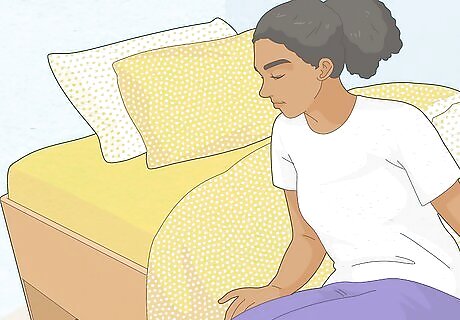
Check for a slightly sweet, musty odor. If the area where you suspect bed bugs has a funky smell, it’s a good indication of an infestation. Bed bugs release chemicals to help them communicate, which may lead to a sweet scent in your bedroom.










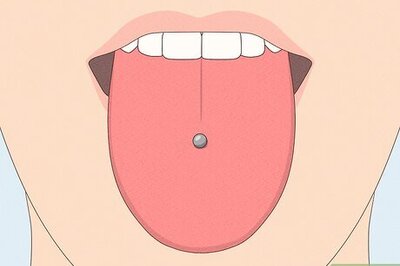





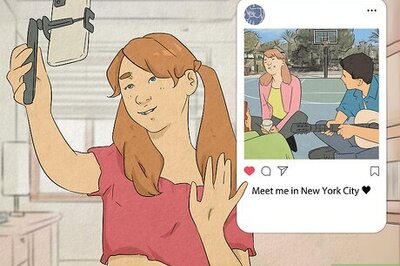

Comments
0 comment